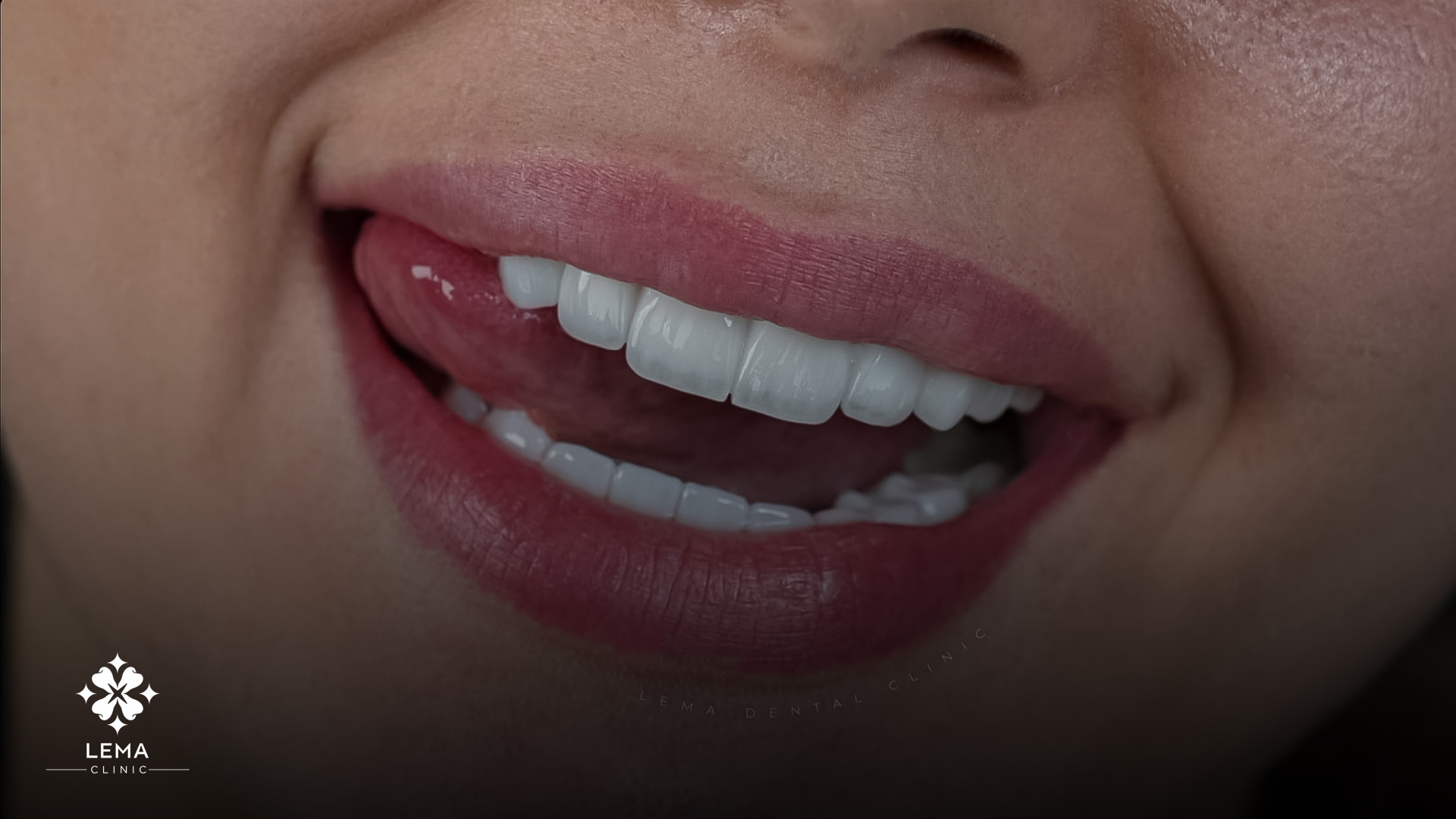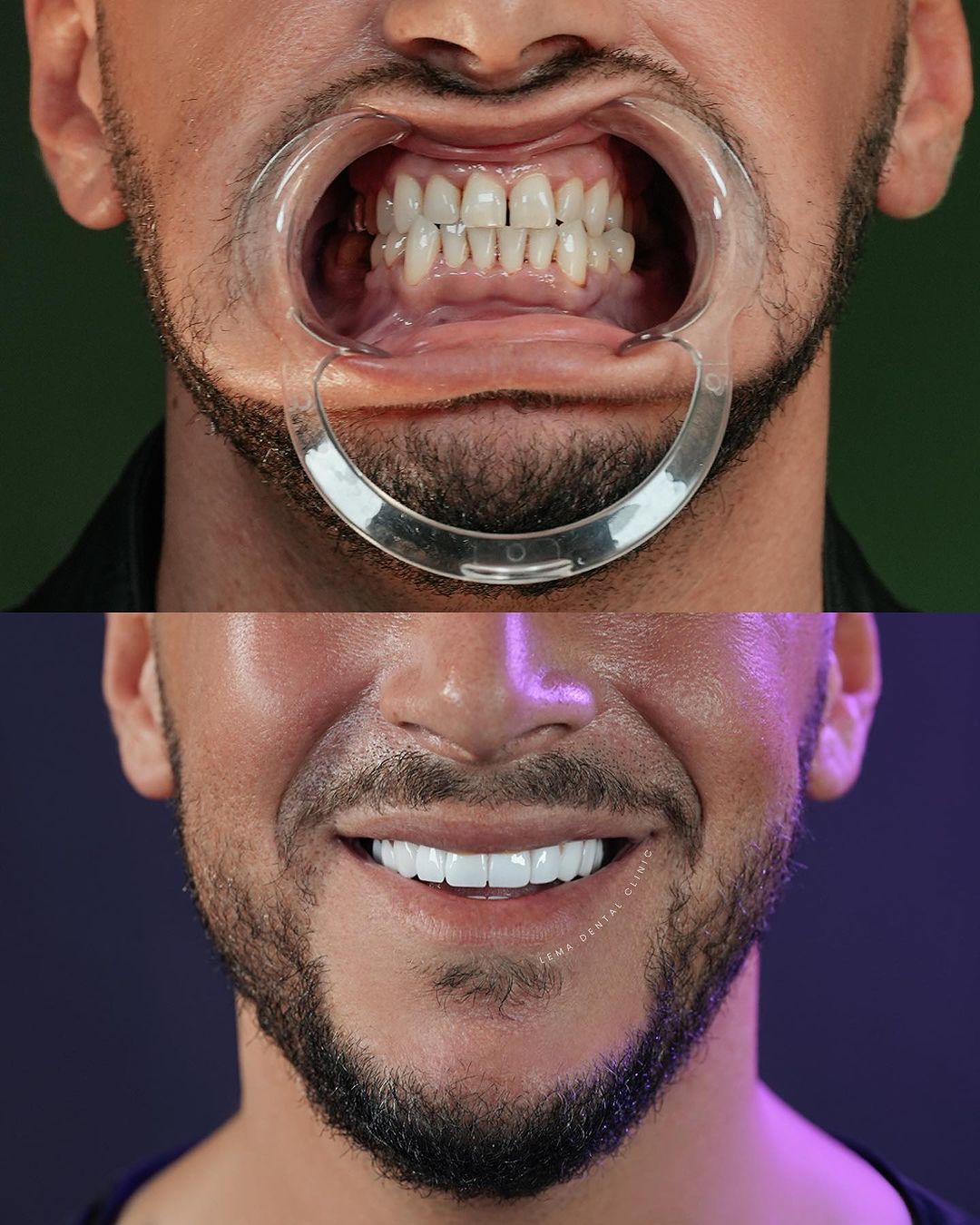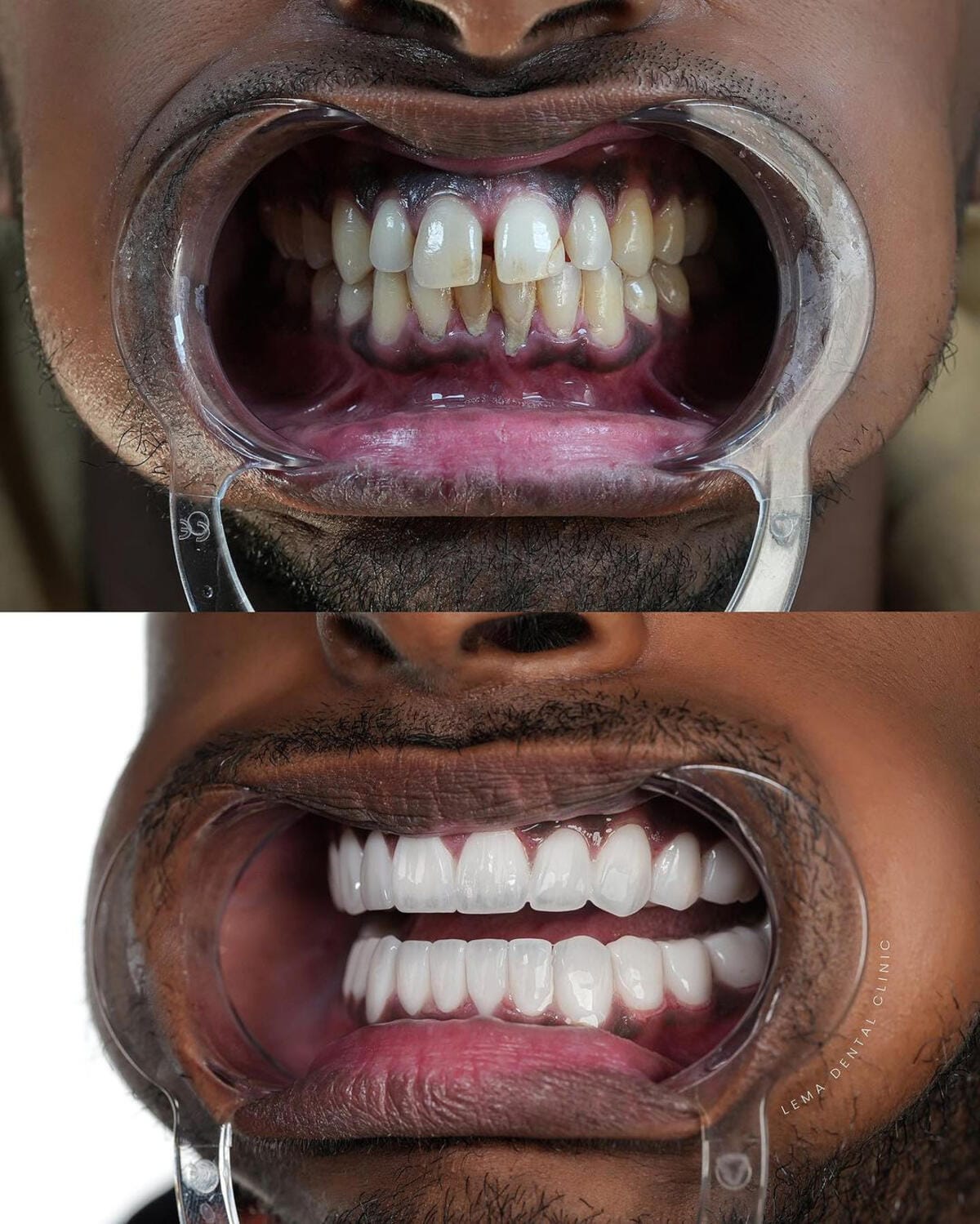Diastema Causes And Treatments
Diastema is a gap between teeth, often caused by size mismatches between teeth and jawbone or habits like thumb sucking.

Diastema refers to a gap or space between two teeth, often noticeable when it occurs between the upper front teeth. This condition can affect both children and adults and can vary in size. Several factors can contribute to the development of a diastema:
- Natural Growth: In children, diastema often occurs as a natural part of jaw development and may close as their permanent teeth come in.
- Size of Teeth and Jaw: Disproportion between the size of the teeth and the jawbone can lead to extra space, resulting in gaps.
- Gum Tissue Overgrowth: A thick or oversized labial frenum (the tissue connecting the lip to the gum above the upper front teeth) can create a gap.
- Habits: Certain habits like thumb sucking or incorrect swallowing reflex (tongue thrusting) can push teeth forward, causing gaps.
- Tooth Loss or Shift: Missing or undersized teeth can lead to the shifting of adjacent teeth, creating spaces.
- Periodontal Disease: Advanced gum disease can weaken the support structure of teeth, leading to shifting and gaps.
In many cases, diastema is more of a cosmetic concern than a health issue. However, if it’s caused by gum disease or other oral health problems, treatment is necessary to prevent further dental complications. Treatment options vary based on the cause and can include braces, dental bonding, dental veneers, or surgery (like a frenectomy for a large labial frenum). It’s important to consult with a dental professional to determine the best course of action for each case.

Effective Ways to Prevent Diastema
Preventing diastema, or gaps between teeth, involves addressing the various factors that can contribute to its development. While not all cases of diastema can be prevented, especially those due to genetics or natural development, here are some strategies to reduce the risk:
- Maintain Good Oral Hygiene: Regular brushing and flossing help prevent periodontal disease, which can cause shifting of teeth and the development of gaps.
- Early Dental Care: Regular dental check-ups from an early age can help monitor and manage the growth and spacing of teeth. Pediatric dentists can identify potential issues early on and recommend interventions if needed.
- Address Harmful Habits: Habits like thumb sucking or prolonged use of pacifiers in children can exert pressure on teeth, leading to gaps. Early intervention to stop these habits can prevent or minimize diastema.
- Orthodontic Evaluation: If there are early signs of disproportionate jaw or teeth size, an orthodontic evaluation can help. Orthodontists can provide interventions such as braces to align teeth and close gaps.
- Manage Oral Habits: For adults, habits like tongue thrusting (pushing the tongue against the teeth when swallowing) can lead to diastema. Behavioral therapies or orthodontic solutions can help in managing these habits.
- Proper Dental Restoration: In cases of tooth loss or extraction, proper dental restoration like implants or bridges can prevent adjacent teeth from moving, thus preventing gaps.
- Wearing Retainers Post Orthodontic Treatment: After undergoing orthodontic treatment to close a gap, wearing retainers as prescribed is crucial to prevent teeth from shifting back.
It’s important to note that some cases of diastema may not require prevention or treatment, especially if they do not affect oral health or function. However, for those concerned about aesthetics or potential oral health issues, consulting with a dental professional is advisable. They can provide personalized advice and treatment plans based on individual needs and conditions.

Diastema Causes
Diastema is defined as the space or gap between teeth. In some people, this condition may be associated with a genetic predisposition resulting from family history. That is, tooth gap genes from parents may also contribute to diastema formation in children. Tooth sizes vary depending on the structure of the mouth.
If a person’s teeth are smaller than the available space in the jaw of the mouth, this can cause gaps to form between the teeth. That is, if tooth size and mouth structure are incompatible, diastema may develop.
Missing teeth can also be a cause of diastema. It is known that if one or more teeth are missing, this deficiency causes the displacement of other teeth and the formation of gaps between neighboring teeth.
Excellence in Diastema Treatment and VIP Services at Lema Clinic
At Lema Dental Clinic Istanbul, our approach to treating diastema stands out for its effectiveness and patient-centered care. Lema Dental Clinic’s success in managing tooth gaps is rooted in a combination of advanced technology, expert dental practitioners, and personalized treatment plans.
Lema Clinic employs state-of-the-art dental technologies to diagnose and treat diastema. From digital imaging for precise gap measurement to the latest orthodontic techniques for gap closure, we ensure that our treatments are both efficient and effective. Our team of dental professionals specializes in various methods, including braces, clear aligners, and cosmetic solutions like veneers, to cater to the unique needs and preferences of each patient.
Lema Dental Clinic Istanbul is also renowned for its VIP services, designed to provide an unparalleled dental care experience. These services include:
- Private Consultation Suites: Offering a comfortable and confidential environment for discussions and treatments.
- Flexible Scheduling: We accommodate our patients’ busy lifestyles with flexible appointment times, including after-hours services.
- Concierge Services: From travel arrangements to accommodation, our concierge service ensures a hassle-free experience for our out-of-town and busy local patients.
- Post-Treatment Care: We provide comprehensive follow-up care, including personalized maintenance plans and rapid response for any concerns.
Our commitment to excellence in both dental care and patient experience has established Lema Dental Clinic Istanbul as a leader in diastema treatment and luxury dental services. Whether you’re seeking effective treatment for tooth gaps or looking for top-tier dental care in a luxurious setting, our clinic is equipped to meet and exceed your expectations.






I’ve always had a gap between my front teeth. What typically causes this, and should I be worried?
Hello Amelia,
Diastema can be caused by factors such as a mismatch between tooth and jaw size, overgrowth of gum tissue, habits like thumb sucking, or periodontal disease. While often a cosmetic concern, it should be evaluated by a dentist to rule out any underlying health issues.
What are my options for closing the gap between my teeth?
Hello Mason,
Treatment options include braces, dental bonding, veneers, or surgery (like a frenectomy). The best option depends on the cause of the diastema and your specific dental needs, so a consultation with a dental professional is recommended.
Are there ways to prevent gaps from forming between teeth?
Hello Harper,
Prevention strategies include maintaining good oral hygiene, addressing harmful habits early (like thumb sucking), regular dental check-ups, orthodontic evaluations for children, and proper dental restorations after tooth loss.